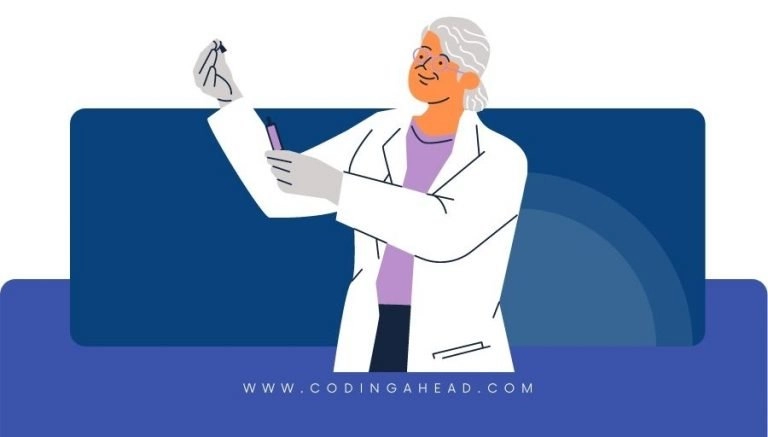How To Use CPT Code 78491
CPT 78491 describes the procedure for myocardial imaging using positron emission tomography (PET) for a single study at rest or stress. This article will cover the description, official description, procedure, qualifying circumstances, appropriate usage, documentation requirements, billing guidelines, historical information, similar codes and billing examples.
1. What is CPT Code 78491?
CPT 78491 can be used to describe the procedure for myocardial imaging using positron emission tomography (PET) for a single study at rest or stress. This code is used when the provider performs a PET scan of the heart to assess how blood flows through the heart, including ventricular wall motion and ejection fraction if performed. The study can be performed at rest or induced by exercise or drugs.
2. Official Description
The official description of CPT code 78491 is: ‘Myocardial imaging, positron emission tomography (PET), perfusion study (including ventricular wall motion[s] and/or ejection fraction[s], when performed); single study, at rest or stress (exercise or pharmacologic)’
3. Procedure
- The provider injects a radioactive tracer or radionuclide into the patient’s bloodstream.
- The radionuclide travels to the heart and emits gamma rays.
- The provider uses a PET scanner to detect the gamma rays and create three-dimensional images of the heart.
- The provider obtains images of the heart at rest and may induce stress using exercise or drugs to evaluate perfusion.
- The provider may also evaluate ventricular wall motion and ejection fraction.
- After evaluating the heart function, the provider prepares a report.
4. Qualifying circumstances
CPT 78491 is performed on patients who require myocardial imaging using PET to assess the blood flow through the heart. The procedure may also include evaluation of ventricular wall motion and ejection fraction. The patient may undergo the study at rest or induced stress through exercise or pharmacologic means.
5. When to use CPT code 78491
CPT code 78491 should be used when a provider performs a single study of myocardial imaging using PET at rest or stress. This code is appropriate when evaluating the blood flow through the heart and may include assessment of ventricular wall motion and ejection fraction if performed.
6. Documentation requirements
To support a claim for CPT 78491, the provider must document the following information:
- Indication for the myocardial imaging using PET
- Details of the study, including whether it was performed at rest or stress
- Specific findings, including perfusion, ventricular wall motion, and ejection fraction if evaluated
- Date and time of the procedure
- Signature of the provider
7. Billing guidelines
When billing for CPT 78491, ensure that the procedure meets the criteria for myocardial imaging using PET at rest or stress. It is important to accurately document the findings and include the appropriate supporting documentation. Modifier 26 should be appended to the radiology code if reporting only the provider’s interpretation, while modifier TC should be appended if reporting only the technical component. However, payer policies may exempt hospitals from appending modifier TC. If reporting a global service, where one provider renders both the professional and technical components, modifiers are not necessary.
8. Historical information
CPT 78491 was added to the Current Procedural Terminology system on January 1, 1998. The code was later revised on January 1, 2020, with a change in the code description.
9. Examples
- A patient undergoes a PET scan of the heart at rest to evaluate blood flow and ventricular wall motion.
- A provider performs a PET scan of the heart under stress induced by exercise to assess perfusion and ejection fraction.
- A patient undergoes a PET scan of the heart at rest and stress to evaluate blood flow, ventricular wall motion, and ejection fraction.
- A provider performs a PET scan of the heart at rest to assess perfusion and ventricular wall motion.
- A patient undergoes a PET scan of the heart under stress induced by drugs to evaluate blood flow and ejection fraction.
- A provider performs a PET scan of the heart at rest and stress to assess perfusion and ventricular wall motion.
- A patient undergoes a PET scan of the heart at rest to evaluate blood flow and ejection fraction.
- A provider performs a PET scan of the heart under stress induced by exercise to assess perfusion and ventricular wall motion.
- A patient undergoes a PET scan of the heart at rest and stress to evaluate blood flow and ejection fraction.
- A provider performs a PET scan of the heart at rest to assess perfusion and ejection fraction.



